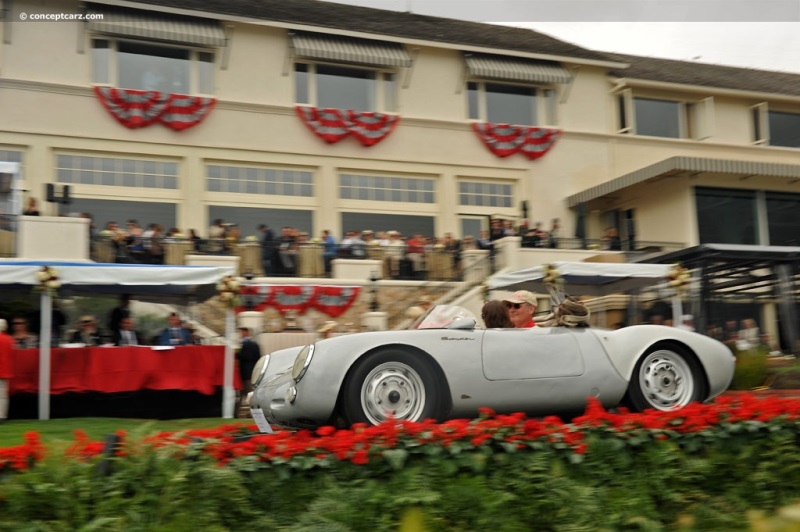The 1955 24 Hours of Le Mans would end up being the darkest day in all of motorsport when Pierre Levegh launched off the back of Lance Macklin's Austin-Healey and crashed into a barrier sending large portions of the car flying through the air acting like guillotines to the record crowd crammed along the main straight. It would be estimated that more than eighty would lose their life as a result, scores more would be severely injured. Yet, despite the graphic horror of the event the race would continue with much of the crowd totally unaware of what had happened during the first three hours of the race. For many, the end could not come soon enough. And when it was over, the staggering loss of life would rightly overshadow the rise of a name that would soon become synonymous with the French classic.
Coupe
Chassis #: 550 A-0104
View info and history
Auction entries : 1The Jaguar D-Type of Mike Hawthorn and Ivor Bueb would eventually take what was to become a controversial victory having 5 laps in hand over the Aston Martin of Paul Frere and Peter Collins. However, in reality, the biggest news would be the cars that finished 4th through 6th in the overall standings. After 24 hours of racing, three Porsche 550s racing in the 1.5 category would overcome many of the more mighty machines and would end up sweeping 4th through 6th place in the overall standings. The next-highest 1.5 class car in the overall standings would be the OSCA MT-4 of Edgar Fronteras driven by Giulio Cabianca and Giuseppe Scorbati. They would end up 11th overall and would be some 17 laps behind the 6th place Porsche of Porsche KG driven by Helm Glockler and Joroslav Juhan.Nonetheless, the 1955 running of Le Mans would be the first time in which Porsche cracked the top ten in the overall results. It would be just the beginning.
Spyder
View info and historyWolfgang von Trips had been born into comfort and opulence and, in fact, had even grown up in a castle near the Nurburgring. But while von Trips would receive an education in agriculture, the influence of watching the great Silver Arrows of Auto Union and Mercedes-Benz at the Nurburgring would mean that he would not spend his days watching the grass grow or stoically looking out over a truly pastoral setting. No, Wolfgang's idea of enjoying nature would involve careening nearly out of control amidst the rocks, trees and other foliage surrounding most of the circuits throughout Europe at the time. Wolfgang's career really began to takeoff when he started racing sportscars. By 1954, von Trips was finishing on the podium in sportscar races throughout what was West Germany at the time. And despite the infamous reputation of the Nurburgring, von Trips would prove his proximity to the demanding circuit was an ace up his sleeve as he would earn a 2nd place during the 1954 season. He would also go on to score a class victory at the demanding circuit in 1955. He would follow this up with yet another class victory driving for Porsche at the Nurburgring in August of 1955.Von Trips' great success in sportscars would set the German up to be offered a drive with the Mercedes-Benz team starting in 1955. This was an amazing opportunity for von Trips after growing up watching the mighty Silver Arrows grand prix cars driven by the likes of Rudolf Caracciola, Bernd Rosemeyer and Hermann Lang. While von Trips would go on to score a couple of good results while driving for the team the opportunity would be short-lived. The tragic events at Le Mans would lead to the manufacturer withdrawing from all major motorsports. This would be a great loss to motor racing, but it would open the door to another German manufacturer rising to the fore.
Spyder
Chassis #: 550A-0139
View info and historyPrior to going and driving for Mercedes-Benz, von Trips had been racing in a Porsche. Ferdinand Porsche had greatly irked Mercedes-Benz. Porsche had influenced Hitler to split money dedicated for the development of a national racing car. As a result, Auto Union would receive 250,000 Reichsmark and would end up producing designs of their own that would routinely compete with Mercedes-Benz for victories. Well, when Mercedes-Benz withdrew from motor racing after the Le Mans tragedy in 1955 it would be Ferdinand's company that would begin its rise.Wolfgang von Trips would be back with Porsche at the beginning of the 1956 season and would take part in the 12 Hours of Sebring along with co-driver Hans Herrmann. And after the 12 hours of racing, the two would come through to score 1st in the 1.5 category. Overall, the pair would finish the race in 6th place just 12 laps behind the overall winner. Another Porsche 550, driven by Jack McAfee and Pete Lovely, would finish 2nd in class and would be some 3 laps behind von Trips and Herrmann at the end.Von Trips would follow the victory at the 12 Hours of Sebring with yet another class victory in the 1000km of Nurburgring at the end of May that same year. Sharing the driving duties with Umberto Maglioli, von Trips would finish the race in 4th place overall and would be seventeen minutes behind the winner. The Porsche 550 of Richard von Frankenberg and Hans Herrmann would finish 6th overall and would be 2nd in the 1.5 class. They would be some five minutes behind von Trips and Maglioli. 
Spyder
View info and historyAfter his performances at Sebring and the Nurburgring it was clear Porsche had one of its drivers to take on the 24 hour assault on Le Mans. The only question would be, 'Who would be his co-driver?'When the entry list was announced for the 24th 24 Hours of Le Mans there had to be something of a snicker made by more than one person. Could two noblemen overcome their station and work together? This would be a question that would be answered over the course of the 24 hour race as Count Richard von Frankenberg would be joining Count Wolfgang von Trips driving what was to be the number 25 Porsche 550 RS Coupe.The majority of the chassis entered in the 1.5 class would Porsche 550s. However, there would be some real competition that the Porsche KG team could not overlook. Automobiles Gordini would enter a couple of their Gordini T15Ss and then there would be a few other privateers in the class driving cars like the Maserati 150S and more Porsche 550s. However, the greatest threat to the team would come in the form of Lotus Engineering. Colin Chapman would be at the wheel of specially prepared Lotus 11 with a 1.5-liter Coventry-Climax engine.
Spyder
View info and historyAt Sebring, Chapman entered the Lotus 11 with the 1.5-liter engine and looked quite fast. However, an accident, and a resulting fire, would cause the entry to be abandoned before qualifying, and therefore, never took part in the race. But now, at Le Mans, the car was back. And its sleek design was certain to translate into a high top-end speed, which would be all-important going down the long, long Mulsanne and the other long straights that comprised the majority of the 8.34 mile Circuit de la Sarthe.The teams would not arrive at Le Mans until the middle part of July. This was certainly different compared to the more traditional June date for the race. But this was intentional.The terrible accident of the previous year didn't happen without some weaknesses in preventative measures. And almost immediately after the race concluded crews would set about making important changes to the circuit. The whole pit complex would be torn down and a new one built. However, before the new pits would be built the circuit would be widened to allow more space between the pits and the racetrack itself. On top of that, a much more effective retaining wall and other safety-minded features to protect the crowd to the outside of the circuit. As a result of the changes, the track would not be done in time for its normal June start. In fact, the new pavement would just be laid a matter of days before the date of the start of practice approached.
Spyder
View info and historyThe time of the start of the 1956 24 Hours of Le Mans approached. The cars started to be taken by its crews and lined up in position along the pit wall. The five Porsches would be lined up and would very clearly realize the battle on their hands with the small Lotus 11s interspersed amongst them. The drivers starting the race would make final adjustments to the equipment and would begin to take their position opposite preparing for the famous sprint across the track to their cars.The rain was falling as the drivers prepared to make the sprint. The crowd waited eagerly for the clock to strike and the race to start as the drivers stood poised on their correct numbered circles. And then the race would start! The drivers would dash across the track to their cars, would quickly fire up their machines and would head off for 24 hours of exciting racing.Up at the front of the field, Stirling Moss would make an incredible start and would clearly lead through the first portion of the 8 mile long circuit. In the wet conditions, everyone would take things easy, gingerly making their way through the esses and onto the long Mulsanne straight. 
Spyder
View info and historyAt the end of the first lap it was Hawthorn that would have the lead by a couple of seconds over Moss. But by this time the rain, and the visibility, had worsened. This would lead to absolutely nightmarish conditions, and it was just the 2nd lap of the race. Sure enough, the conditions would begin to take a bite out of the competitors as in the esses Paul Frere would spin into the barrier heavily damaging the backend of the Jaguar D-Type. It would look as if the car had been bitten off at its backside. The problem with the spin is that another Jaguar sister car would spin and stall as its driver would do all that he can to avoid hitting Frere. This would place the stalled Jaguar right in the path of one of the Ferraris. Just like that, after just a little more than six minutes two Jaguars and one Ferrari would be out of the race. While this event would be just the start of devastating race for the factory cars of the larger classes, the attrition would only help those running in the lower classes, provided they too avoided trouble. And in the race amongst the 1.5-liter category it would be the Lotus of Chapman leading the way ahead of the Porsches. This was an impressive performance by Chapman and Herbert MacKay-Fraser considering they were just one against five.One of the five Porsches in the race, one entered under the team name Wolfgang Seidel, would fall out of the running after 48 laps. Of course the team comprised of two Dutch drivers, would be lucky to be at the race at all. In fact, it would require one of the drivers actually taking the Porsche off of the transporter and driving the remaining distance to Le Mans in order to make it in time for the start of practice days earlier.
Coupe
Chassis #: 550 A-0104
View info and history
Auction entries : 1But still, the lone 1.5 Lotus 11 continued to run, and in the lead. The pairing of von Trips and von Frankenberg was doing well. In the very wet conditions they were holding steady, staying out of trouble, but the Lotus 11 just seemed to thrive in the hazardous conditions better than the Porsches. Throughout the night and early morning hours, von Trips and von Frankenberg would continue to run an uneventful race. They were running fast laps but were still, by no means, putting themselves in danger of making a huge mistake that would cost them a chance at a great race finish.A great race finish was firmly within reach as many of the factory efforts of the higher classes would have fallen out of contention during the night or definitely by the morning hours of Sunday. The problem was that, by the afternoon, Porsche was down to just two cars. After starting out with five Porsche 550s in the race, only the cars of Roland Bourel and Maurice Slotine and Wolfgang von Trips and Richard von Frankenberg remained. Therefore, as the number 25 Porsche tried its best to chase down the Lotus of Chapman and MacKay-Fraser, the two drivers still had to be careful not to make any mistakes, otherwise they may have reduced the number down until it became a one on one duel.
Coupe
Chassis #: 550 A-0104
View info and history
Auction entries : 1The Lotus 11 had proven itself to be very much a worthy adversary for the Porsches. However, in the afternoon hours, with only a few hours remaining in the race, the Lotus would finally show signs of wear and would eventually retire after having completed 172 laps and leading almost the whole time until its retirement from the race. And with that, the Porsche of von Trips and von Frankenberg would go into the lead in the 1.5-liter category. But the race wasn't over yet.The pace of von Trips and von Frankenberg was certainly impressive throughout the 24 hour race. The reliability of the Porsche made it possible for the pair to drive fast but comfortable. It would even enable them to approach the end of the race with the defending overall champions of Mike Hawthorn and Ivor Bueb following along behind them a couple of laps behind.The battle for the overall lead of the race would still be rather close heading into the final moments of the race. Ninian Sanderson and Ron Flockhart had the Ecurie Ecosse Jaguar D-Type in the lead of the race but they could not feel all that secure with Stirling Moss and Peter Collins following along a lap behind in the Aston Martin DB3.
Coupe
Chassis #: 550 A-0104
View info and history
Auction entries : 1The outright speed of the D-Type would be enough to help the Ecurie Ecosse entry to hold on and come through to take the overall victory in the 24th 24 Hours of Le Mans. The Aston Martin of Stirling Moss and Peter Collins would finish in 2nd place one lap behind. A further six laps would be the difference back to Olivier Gendedien and Maurice Trintignant in the Scuderia Ferrari 625LM.With the Lotus 11 out of the running, the two Counts had a comfortable lead over the rest of the 1.5 class entries and could afford to focus on finishing the race instead of pushing as hard as possible. Still, the pace of the Porsche 550 would be such that the pair would finish a splendid 5th overall and 1st in class. The pair would even hold on to finish ahead of the defending overall champions by two laps. The 2nd place car in the 1.5 class would be the Maserati driven by Claude Bourillot and Henri Perroud. They would be 37 laps further behind the Porsche of von Frankenberg and von Trips. In fact, two cars from the 1.1 class would finish ahead of the 2nd place 1.5 class Maserati.The success of the Porsche 550 would lead to Porsche continuing its rise amongst the Le Mans elite and would eventually translate into its first overall victory in the 1970 running of the French enduro classic.The 5th place achieved by the two Counts would also really kickoff von Trips' career. By the end of the '56 season he would be signed to drive for Ferrari and would not only drive in sportscar races but would also make his debut in Formula One. And though he would be considered somewhat erratic with a tendency for bad accidents, Wolfgang would find his rhythm and pace in 1961. That year he would win two races and would stand on the podium two other times. And as he headed to Monza for the Italian Grand Prix he would be on course for a World Championship. Unfortunately, a tragic accident would not only bring an end to his championship hopes, but also, his life.Still, the 1956 24 Hours of Le Mans would be a very instrumental race in the history of two careers. The 5th place in the overall standings would prove that Porsche was on the rise and it was only a matter of time before it would be battling for overall victories. But it was also important for the career of von Trips as he would go from a career almost solely in sportscars to a career that stretched across multiple different classes and categories of racing and would eventually lead to him being the most successful German in Formula One until the arrival of Michael Schumacher.Sources:
'1956 Le Mans 24 Hrs', (http://www.carelgodindebeaufort.nl/560728lemans.html). dB: The Carel Godin de Beaufort Tribute Site. http://www.carelgodindebeaufort.nl/560728lemans.html. Retrieved 4 May 2012.'Sebring 12 Hours', (http://www.racingsportscars.com/photo/Sebring-1956-03-24.html?sort=Results). Racing Sports Cars. http://www.racingsportscars.com/photo/Sebring-1956-03-24.html?sort=Results. Retrieved 4 May 2012.'Le Mans 24 Hours', (http://www.racingsportscars.com/photo/Le_Mans-1956-07-29.html). Racing Sports Cars. http://www.racingsportscars.com/photo/Le_Mans-1956-07-29.html. Retrieved 4 May 2012.'Le Mans 1956 24 Heuers du Mans Part 1'. Youtube.com. Feb 26, 2012. Youtube.com. 4 May 2012 http://www.youtube.com/watch?v=FfwRub9kPAI.Wikipedia contributors. '1956 24 Hours of Le Mans.' Wikipedia, The Free Encyclopedia. Wikipedia, The Free Encyclopedia, 30 Nov. 2010. Web. 4 May. 2012.By Jeremy McMullen

Coupe
Chassis #: 550 A-0104
View info and history
Auction entries : 1
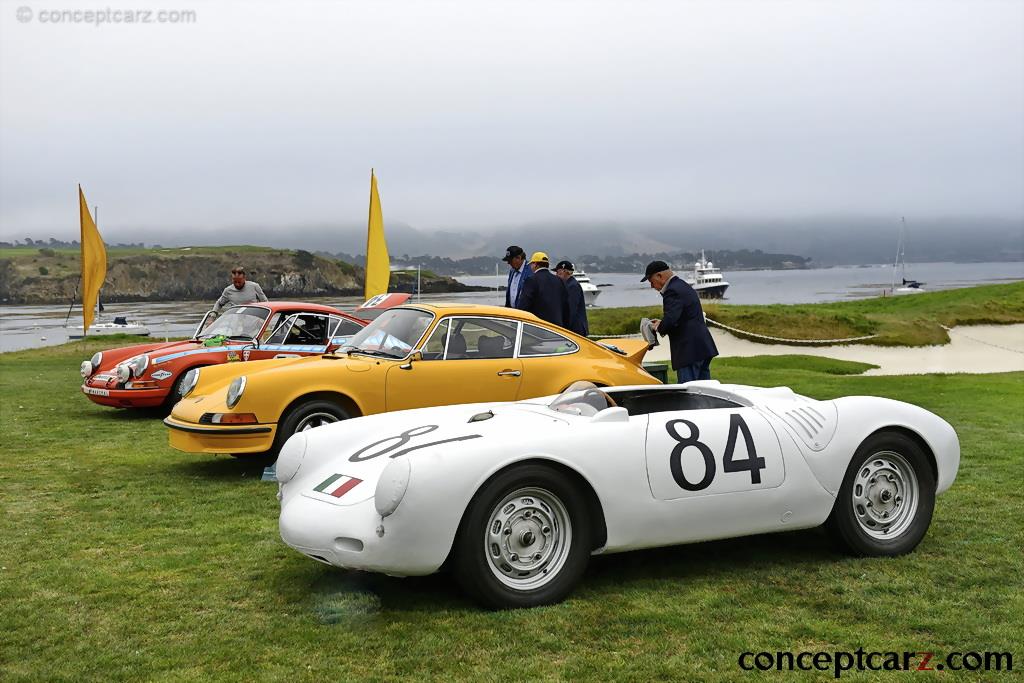
Spyder
View info and history
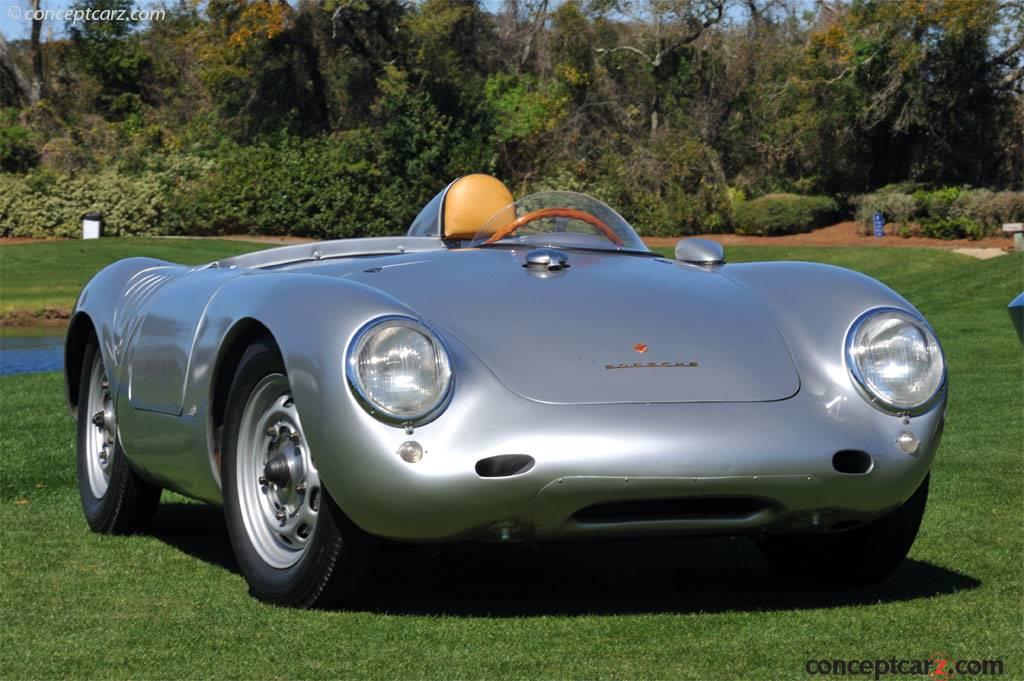
Spyder
Chassis #: 550A-0139
View info and history
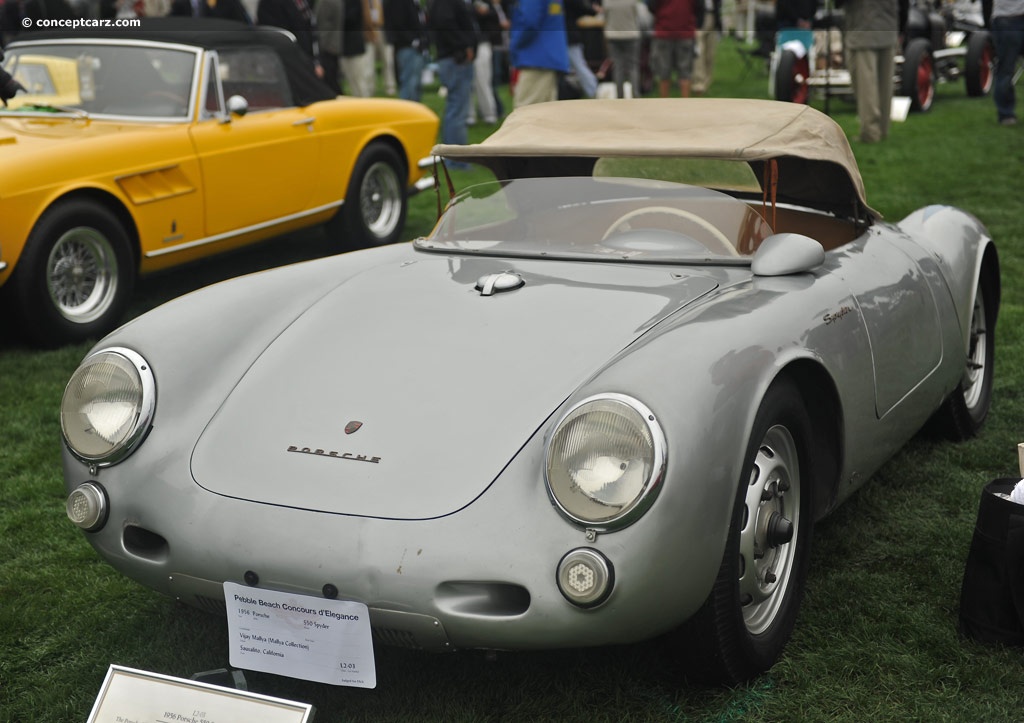
Spyder
View info and history
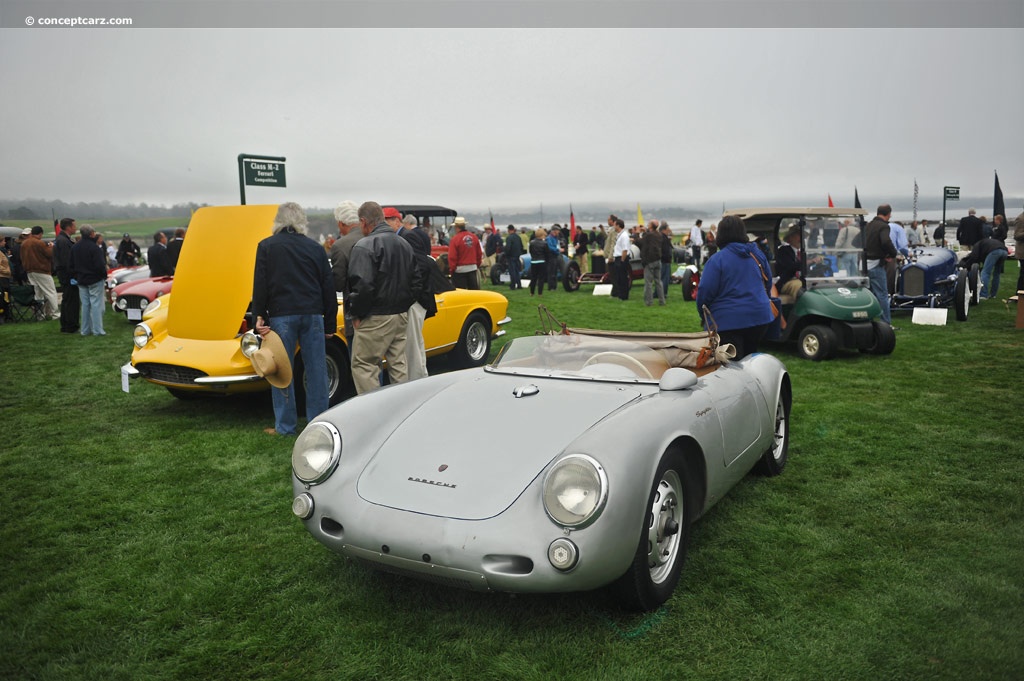
Spyder
View info and history
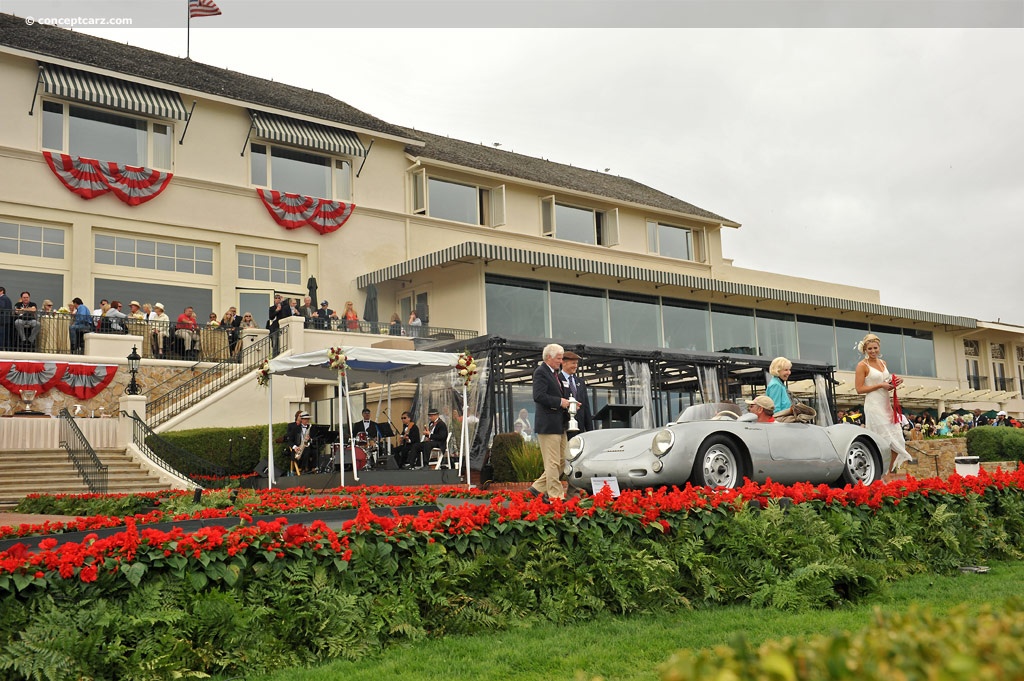
Spyder
View info and history
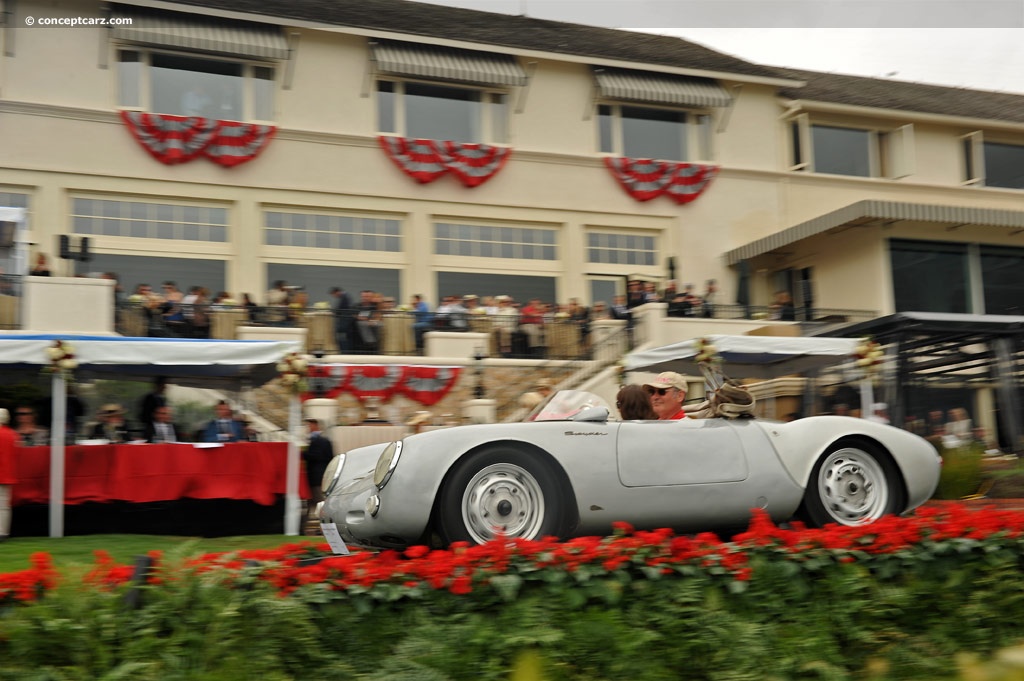
Spyder
View info and history
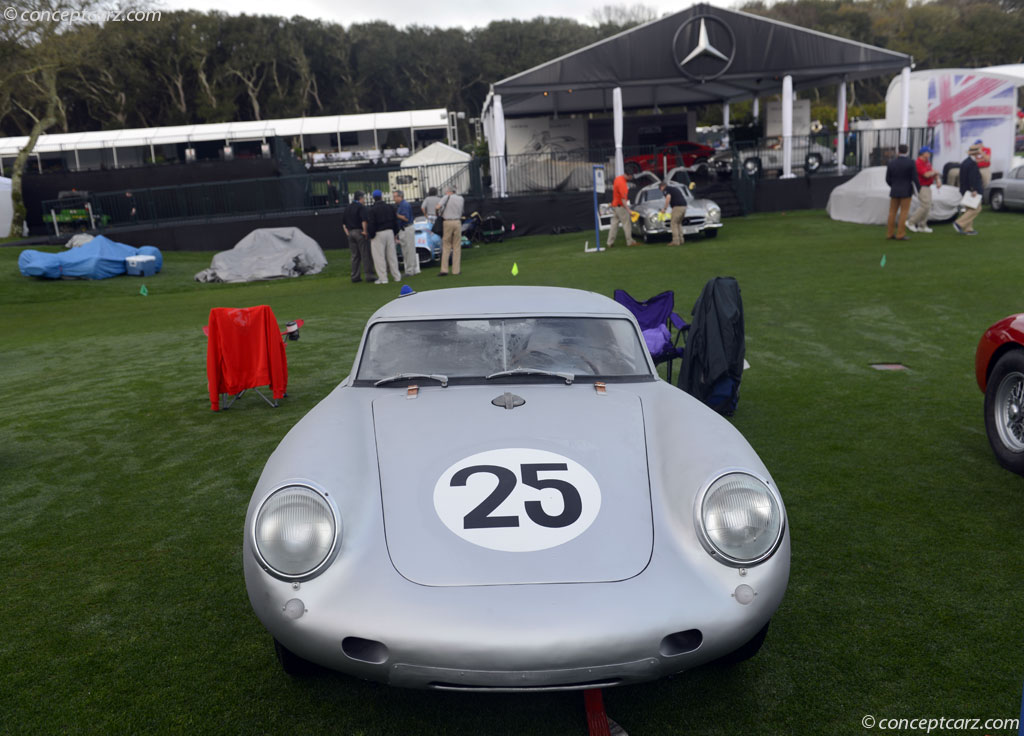
Coupe
Chassis #: 550 A-0104
View info and history
Auction entries : 1

Coupe
Chassis #: 550 A-0104
View info and history
Auction entries : 1
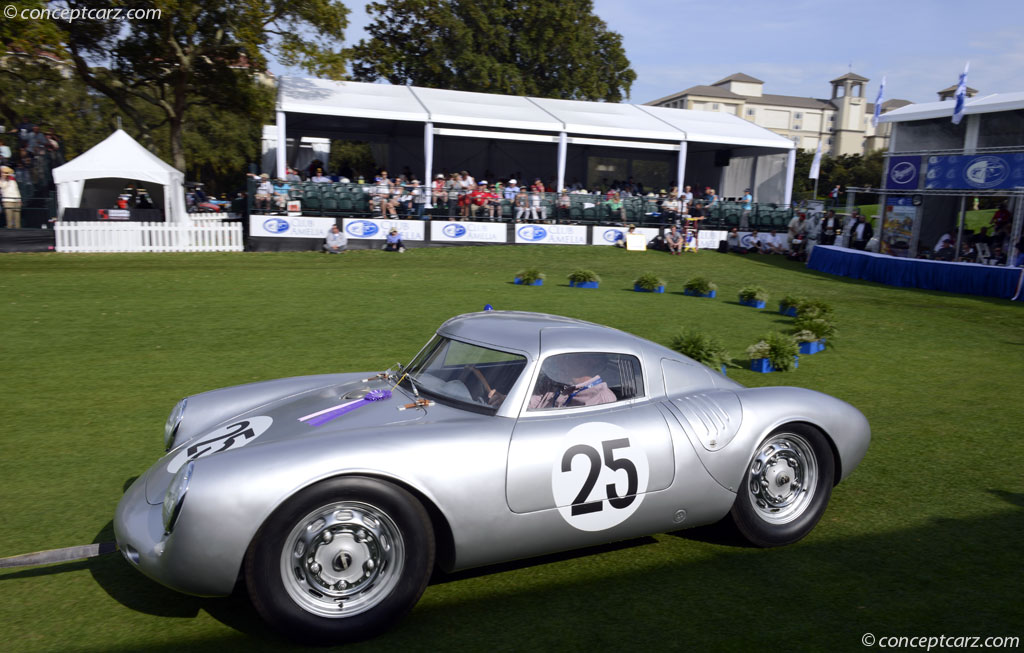
Coupe
Chassis #: 550 A-0104
View info and history
Auction entries : 1
'1956 Le Mans 24 Hrs', (http://www.carelgodindebeaufort.nl/560728lemans.html). dB: The Carel Godin de Beaufort Tribute Site. http://www.carelgodindebeaufort.nl/560728lemans.html. Retrieved 4 May 2012.'Sebring 12 Hours', (http://www.racingsportscars.com/photo/Sebring-1956-03-24.html?sort=Results). Racing Sports Cars. http://www.racingsportscars.com/photo/Sebring-1956-03-24.html?sort=Results. Retrieved 4 May 2012.'Le Mans 24 Hours', (http://www.racingsportscars.com/photo/Le_Mans-1956-07-29.html). Racing Sports Cars. http://www.racingsportscars.com/photo/Le_Mans-1956-07-29.html. Retrieved 4 May 2012.'Le Mans 1956 24 Heuers du Mans Part 1'. Youtube.com. Feb 26, 2012. Youtube.com. 4 May 2012 http://www.youtube.com/watch?v=FfwRub9kPAI.Wikipedia contributors. '1956 24 Hours of Le Mans.' Wikipedia, The Free Encyclopedia. Wikipedia, The Free Encyclopedia, 30 Nov. 2010. Web. 4 May. 2012.By Jeremy McMullen
Similar Automakers
1956 Porsche 550 RS Vehicle Profiles
Recent Vehicle Additions
Related Automotive News

The Legendary Ferrari 250 LM Headlines Monterey Auction Amongst An Array Of Incredible Offerings
One of the all-time greatest Ferraris ever produced heads to RM Sothebys flagship auction in Monterey as all lots go live on rmsothebys.com
The 22nd of only 32 examples ever built
Sold new through Maranello Concessionaires to George A....

1956 24 Hours of Le Mans: The Rise of Two Counts
The 1955 24 Hours of Le Mans would end up being the darkest day in all of motorsport when Pierre Levegh launched off the back of Lance Macklins Austin-Healey and crashed into a barrier sending large portions of the car flying through the air acting...
Luigi Musso: Talented, Tempting and Troubled
Following Alberto Ascaris back-to-back titles in 1952 and 1953 there have been no Italian Formula One World Champions. While there has been a great amount of hope throughout the years, Italians have been left without a World Champion. Perhaps, it could...
1958 Targa Florio: Musso Commands the Heights
During the invasion of Sicily during the Second World War it would be the mountainous roads around the island that would pose the greatest hindrance to the advance of the British and American forces trying to breakthrough on their way, ultimately, to...

1955 Tourist Trophy: One Last Victory
The tragedy at Le Mans on the 11th of June, 1955 would dramatically affect motor racing. For one of the manufacturers involved, Mercedes-Benz, it would be a confirmation of what it had already come to believe. Toward the end of the 1955 season it was...

1956 24 Hours of Le Mans: The Rise of Two Counts
The 1955 24 Hours of Le Mans would end up being the darkest day in all of motorsport when Pierre Levegh launched off the back of Lance Macklins Austin-Healey and crashed into a barrier sending large portions of the car flying through the air acting...

1957 Italian Grand Prix: A True Nobleman Stands Amongst Two of F1's Most Noble
The sea of spectators overwhelming the circuit would be a truly awe-inspiring sight to behold. The vast majority of this horde was there to celebrate the car adorned in red finishing in the top three. The cars driver, a true royal, would stand amongst...



















